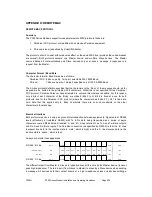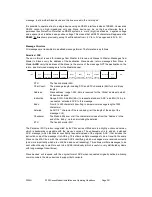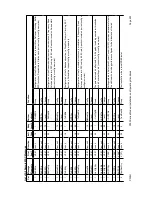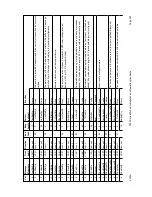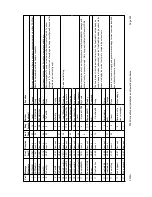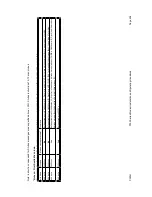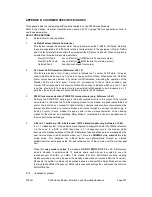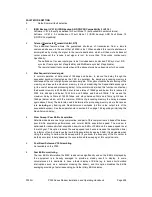
P300H P300 Series Modem Installation and Operating Handbook Page 193
APPENDIX C: UPGRADE INFORMATION
INTRODUCTION
To first explain the terms "Software Upgrades", "Hardware Upgrades", and "Feature Code" upgrades.
Software Upgrades
normally involve a visit to our web site (http://www.paradisedata.com) to download
the latest version of the modems embedded software. This is then loaded into the modem from a PC
through the modems serial port (on the Async ESC connector) and the PC COM port. Software
upgrades can always be performed in the field.
Hardware Upgrades
involve the replacement of printed circuit boards (PCB's), firmware (such as the
"Boot Code"), or cuts/straps to the PCB's to implement hardware changes. Some hardware upgrades
can be performed in the field, and some require a return to the factory.
Feature Code
upgrades require the user to enter a feature code into the front panel of the modem,
which then allows the modem to provides additional facilities. Feature Codes can only be issued by
Paradise Datacom, but the upgrade itself is performed in the field.
THE P300 SERIES MODEM HARDWARE
The P300 Series is a massively redesigned and cost engineered version of our previous P480 modem.
It can provide every feature of the P480 (except it has a lowest data rate of 4.8kbps not 2.4kbps) but yet
has only approximately one third the number of components. It relies on the Paradise Datacom T1000
Baseband processing ASIC to provide many of its features.
To provide the cost reduction on the base unit (ie the P300-VSAT), wherever a feature required
significant hardware the hardware has been made optional. However as most of the processing is
provided by the T1000 ASIC, the optional hardware is limited to:
The Sequential FEC (a plug in Xilinx chip or module)
The Turbo codec (a plug in module)
The Viterbi/TCM FEC (a plug in chip, normally fitted but can be removed for Sequential only
operation)
The G.703 option card (T1 or E1 variants)
The IDR ESC interface (audio transformers, PCM codecs, full ESC & Aux interfaces)
The Monitor / AGC option (Rx carrier level monitoring, a constellation monitor point, and a used
defied analog output signal)
Although these are the only hardware options, many of the features are considered options and are
controlled by `Feature Codes`. Basically this means the features can be turned on and off by a feature
code entered into the front panel.
It may be difficult at first to understand the logic in providing the features within the ASIC, but not having
them enabled on every modem. Quite simply the ASIC, which allows us to provide these features was
very expensive to develop and this is a cost we have carried in order to provide the competitive product
we offer. When we are paid extra to enable a feature (which may already be in the ASIC in the modem
you already have) it is not `money for old rope`, it is simply helping us to recover the very large up front
costs of developing the ASIC in the first place. Without the prospect of recovering the ASIC development
cost by charging for the additional features it provides, the ASIC would not have been developed and the
modem would be only half the product it is today.
Upgrading a P300 Series modem may then involve the entering of a `Feature Code` into the front panel,
or the addition of one of more of the optional hardware items listed above in addition to entering of a
`Feature Code` into the front panel.
Содержание P300 Series
Страница 21: ...P300H P300 Series Modem Installation and Operating Handbook Page 21 F BLOCK DIAGRAM ...
Страница 22: ...P300H P300 Series Modem Installation and Operating Handbook Page 22 ...
Страница 163: ...P300H P300 Series Modem Installation and Operating Handbook Page 163 8 12 4 Eb No Explanatory Diagram ...






















